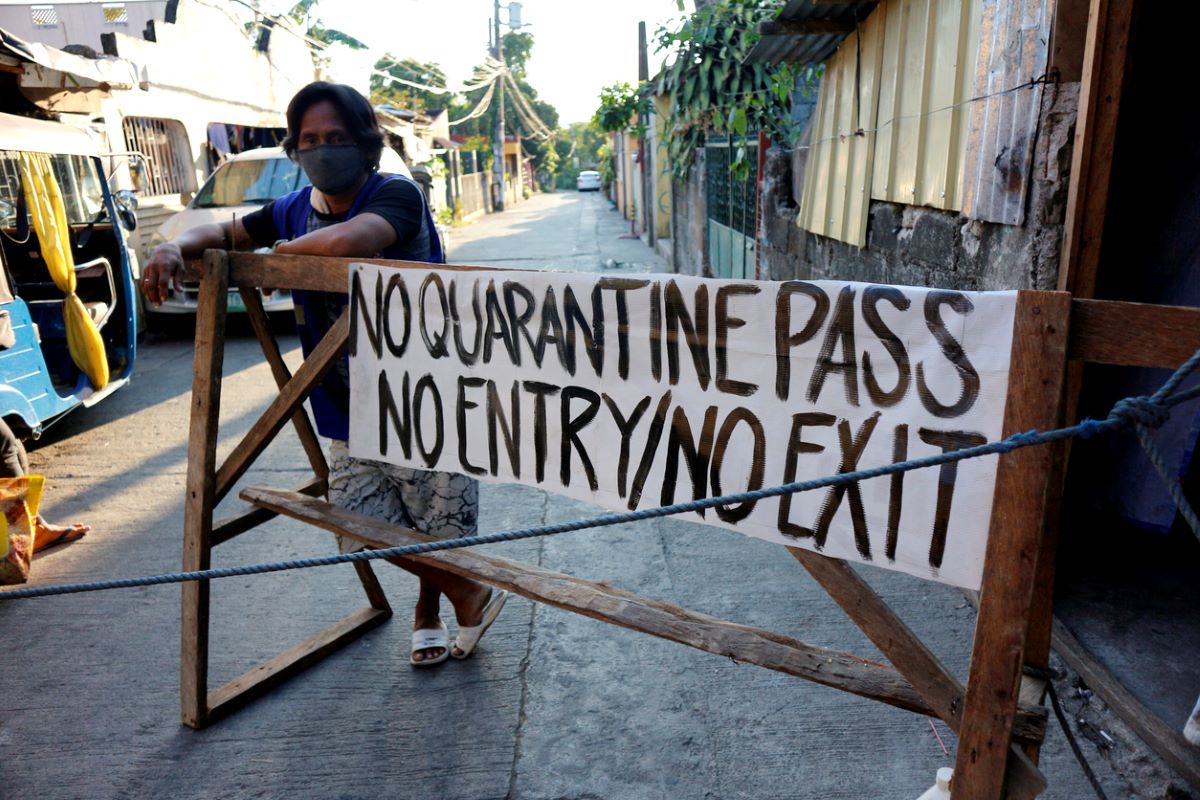Trump announces US withdrawal from World Health Organisation
Trump has long been critical of the WHO, and his administration formally withdrew from the organisation in July 2020 as the Covid-19 pandemic continued to spread.
Air pollution is a silent killer, and the impact on the Philippines has been grim. Per the report “Aiming Higher: Benchmarking the Philippine Clean Air Act,” approximately 66,000 premature deaths every year in the Filipino populace are linked to PM2.5 and NO2 pollution

representational image (iStock photo)
Aweek into the initial COVID-19 lockdown in March last year, residents of Metro Manila, the country’s economic hub, looked out of their windows and saw clear, blue skies and pronounced skylines they hadn’t seen in decades.
With people locked inside their homes after public and private vehicles were banned from the roads, and business operations such as factories and construction activities halted, the metropolis’ notoriously noxious air cleared for once.
Advertisement
But it wasn’t for long, because as soon as restrictions were partially lifted in May 2020, the polluted air returned. A recent report corroborates what experts have been warning for decades: Air pollution is a silent killer, and the impact on the Philippines has been grim. Per the report “Aiming Higher: Benchmarking the Philippine Clean Air Act,” approximately 66,000 premature deaths every year in the Filipino populace are linked to PM2.5 and NO2 pollution (defined below) in the country.
Advertisement
The report launched this week by the Center for Research on Energy and Clean Air (Crea) and the Institute for Climate and Sustainable Cities estimated the economic cost, meanwhile, at $87.6 billion (P4.5 trillion) annually ~ 23 percent of the country’s GDP in 2019 ~ as a result of air pollution-related health illnesses, disabilities, and even death.
The breakdown of the estimated economic loss caused by air pollution is as alarming as the Pharmally billions: P24.7 billion from work absences; P21.6 billion from childhood asthma; P90 million from emergency room visits due to asthma episodes among adults and children; P53 billion from years lived with disabilities arising from diabetes, chronic respiratory diseases, and stroke, which significantly lower the quality of life and economic productivity of people affected and cause substantial health care costs;
P29 billion from preterm births as a result of additional maternal and neonatal care; P4.43 trillion from cases of premature deaths or deaths that could have been avoided with better air quality.
“The growing scientific understanding that air pollution is more dangerous to human health than originally estimated, and the widened gap between the World Health Organization’s ‘safe levels’ of air quality in 2021 and the Philippine National Ambient Air Quality Guideline Values (NAAQGV), means that allowable concentrations for pollutants are almost 5 times higher than recommended for the full protection of Filipinos’ health,” the report stated.
The WHO’s annual recommended limit (updated last September) for PM2.5, or fine particulate matter that are 2.5 micrometers or smaller in diameter, is 5 micrograms per cubic meter (µg/m3); while that for NO2 or nitrogen dioxide is 10 µg/m3. Examples of PM2.5 are those that come from vehicles, construction equipment, exhausts, dust, etc. ~ so small that they easily pass through the throat and nose and enter the lungs, ausing respiratory diseases.
(Philippine Daily Inquirer)
Advertisement